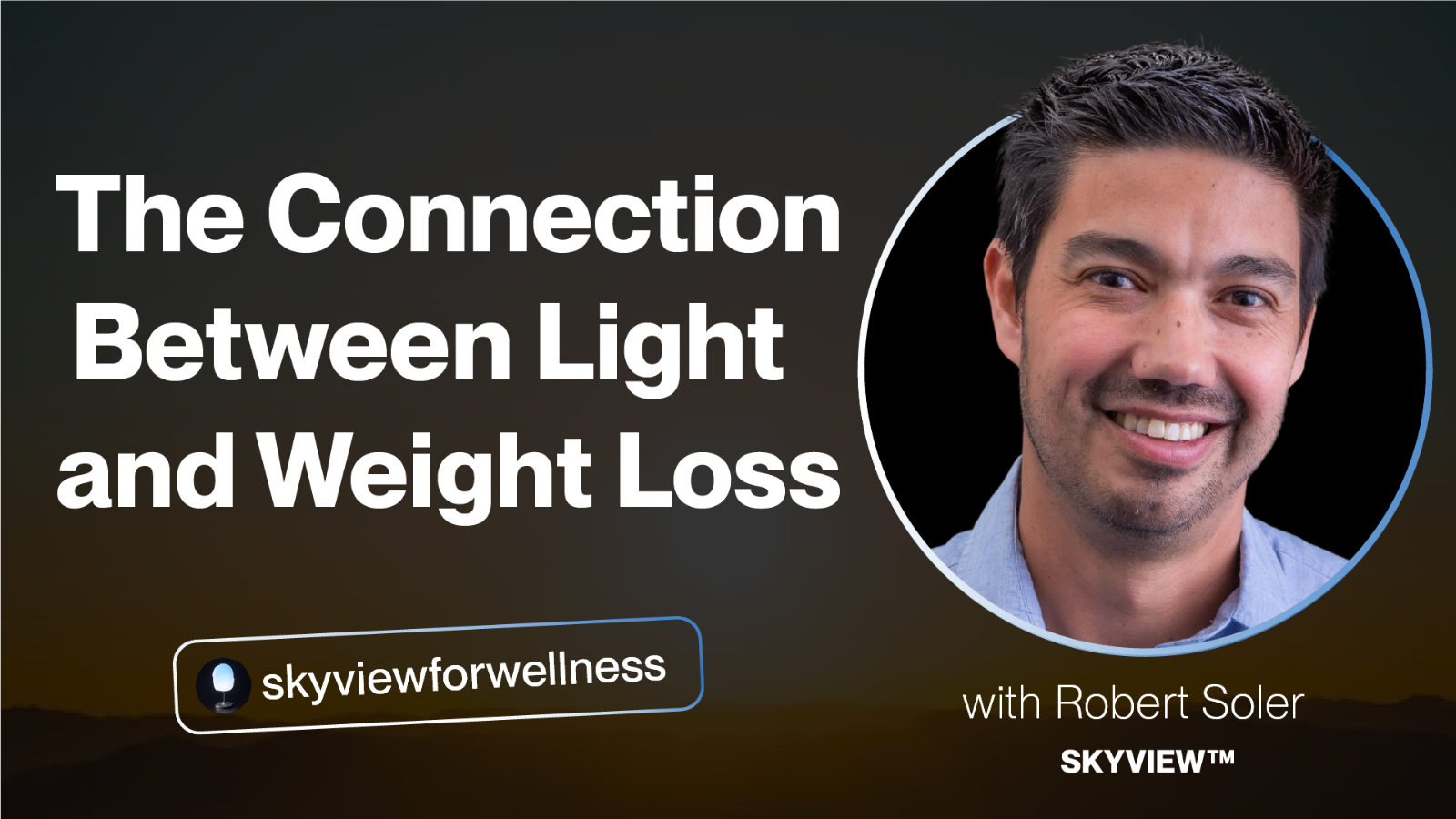When it comes to managing weight, most of us are accustomed to the hard and exhausting balance of dieting and regular exercise. Not only that, but we spend most of our lives indoors under standard LED lighting. What does that have to do with weight?
Standard indoor lighting can actually affect our hunger levels and how effectively our metabolism works. Even though research shows that our modern habits can negatively affect our health, light can be the aid we need to help with weight management. That’s right, light can be the missing link. Light exposure and the timing of light exposure can be the difference between a healthy eating cycle and overeating.





